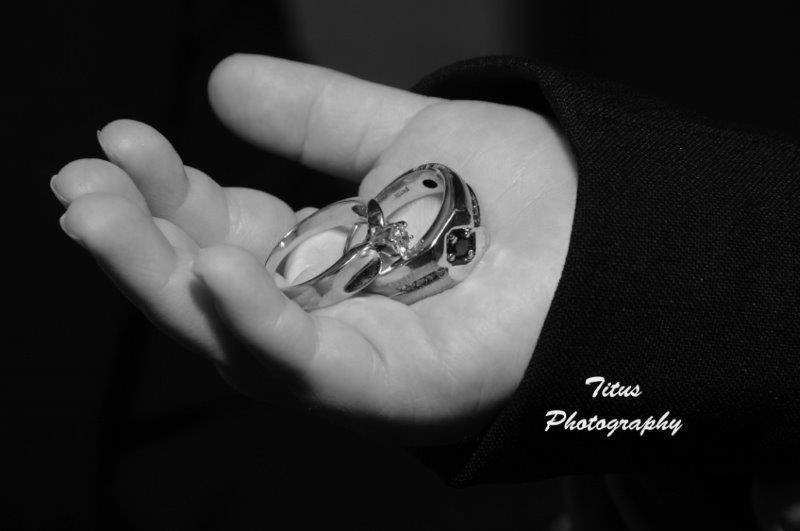
The Wedding Ring
For thousands of years, men and woman have been pledging vows to one another and including wedding rings in the vows. No single event seems to have spurred this tradition, yet there is a vast collection of wedding ring lore and customs.
In early times, a betrothal ring was set with a signet to signify that the wife was to have the right of sealing up the household goods and to gain access to her husband's vault.
In the 1400's in Greece, the man wore an iron ring to symbolize masculine force while the woman took a ring of gold to express more feminine ideal.
The first diamond rings became popular during the reign of Louis XI of France (1461-1483). At this time, the art of faceting stone was invented, thus bringing diamonds quickly into favor.
During the 15th century in Italy, the betrothal ceremony was never done in the presence of the priest. A notary public was the official to see.
Figuring out the wedding ring puzzle was difficult in the 15th century. The ring consisted of three disassembled parts. One piece of the Gimmel was given to the bride. One was kept by the groom. And the third was given to the witness of the engagement ceremony. At the marriage, all three parts would be reunited and put on the bride's finger.
The custom of placing the wedding or betrothal ring on the fourth finger seems to owe its origin to the ideal that a special nerve ran directly from this finger to the heart. Ancient Egyptians probably originated the idea. However, early Christians would touch the ring to three fingers while repeating In the name of the Father, of the Son, and of the Holy Ghost. They then placed the ring on the last finger touched.
In the 18th century, the ring was often placed on the fourth finger at the ceremony but later removed to the thumb.
In India, wedding rings are worn for only a few days after the ceremony. At most, a ring would be kept for a year. Then it was melted down so it could be used for some more useful purpose.
In some parts of Ireland, the belief in the special virtue of a gold ring is so strong that the groom would often rent a ring if he was too poor to purchase one. The ring was only used during the ceremony and must be promptly returned after the ceremony.
In Spain, in the past century, it was not necessary to present the bride with a ring at the ceremony. But if the groom was so inspired, it was also necessary to give thirteen pieces of money along with the ring.


